A wave spring is a thin ring-shaped elastic metal element composed of a plurality of wave peaks and valleys, which is simply referred to as a wave spring. A single-layer wave spring is an elastic element with a number of wave crests and valleys on a metal ring, while a multi-layer wave spring is composed of many single-layer wave springs.
Wave springs have the ability to save space and are elastic elements with several peaks and valleys on a thin metal ring. The ratio of wave spring load to deformation is called spring stiffness. The greater the stiffness, the harder the spring.
Its main functions are:
① Control the movement of machinery, such as valve springs in internal combustion engines and control springs in clutches.
② Absorb vibration and shock energy, such as buffer springs under cars and train cars, and vibration-absorbing springs in couplings.
③ Store and output energy as power, such as clock springs.
④ Used as a force measuring element, such as a spring in a force gauge, spring scale, etc.
Wave springs are widely used in motor, textile machinery, machinery manufacturing, petrochemical, hydraulic equipment, automotive and other industries. The wave spring is mainly installed in a bearing room or a hole suitable for the specification. The installation space is small, and it has the special function of reducing noise and vibration.
Compared with ordinary coil compression springs, wave springs can save at least about half of the space when they bear similar loads, which can reduce the overall size of the equipment and save costs. Wave springs are used in places where the load and deformation are not large, and the spring stiffness is small, and axial preload is required.
So, what causes the wave spring to fail during use? The following is a brief analysis by Weihui Spring.
The causes of wave spring failure generally include:
First, the material of the spring. Springs made of surface-reinforced materials have a longer service life than untreated materials. Defective materials also affect the service life of springs, which means that springs fail prematurely due to fatigue.
Second, the spring temperature. The wave spring has strong elasticity, electrical conductivity and abrasion resistance at normal temperature, but as its temperature increases, the elasticity of the spring will gradually decrease, and it will gradually become fatigued and cause failure.
When designing a wave spring, manufacturers should choose a reasonable wave height and material thickness according to the load and displacement, effectively control the wave spring stress, and use the adjustable wave number to more effectively control the fatigue failure of the wave spring.
Wave springs have the ability to save space and are elastic elements with several peaks and valleys on a thin metal ring. The ratio of wave spring load to deformation is called spring stiffness. The greater the stiffness, the harder the spring.
Its main functions are:
① Control the movement of machinery, such as valve springs in internal combustion engines and control springs in clutches.
② Absorb vibration and shock energy, such as buffer springs under cars and train cars, and vibration-absorbing springs in couplings.
③ Store and output energy as power, such as clock springs.
④ Used as a force measuring element, such as a spring in a force gauge, spring scale, etc.
Wave springs are widely used in motor, textile machinery, machinery manufacturing, petrochemical, hydraulic equipment, automotive and other industries. The wave spring is mainly installed in a bearing room or a hole suitable for the specification. The installation space is small, and it has the special function of reducing noise and vibration.
Compared with ordinary coil compression springs, wave springs can save at least about half of the space when they bear similar loads, which can reduce the overall size of the equipment and save costs. Wave springs are used in places where the load and deformation are not large, and the spring stiffness is small, and axial preload is required.
So, what causes the wave spring to fail during use? The following is a brief analysis by Weihui Spring.
The causes of wave spring failure generally include:
First, the material of the spring. Springs made of surface-reinforced materials have a longer service life than untreated materials. Defective materials also affect the service life of springs, which means that springs fail prematurely due to fatigue.
Second, the spring temperature. The wave spring has strong elasticity, electrical conductivity and abrasion resistance at normal temperature, but as its temperature increases, the elasticity of the spring will gradually decrease, and it will gradually become fatigued and cause failure.
When designing a wave spring, manufacturers should choose a reasonable wave height and material thickness according to the load and displacement, effectively control the wave spring stress, and use the adjustable wave number to more effectively control the fatigue failure of the wave spring.










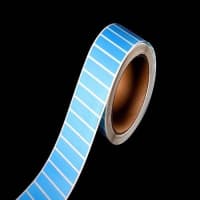
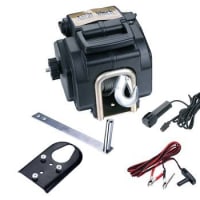

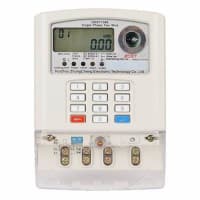

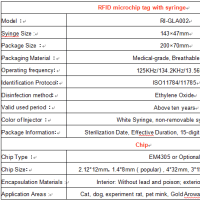

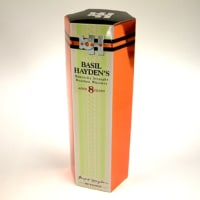
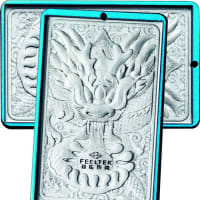
※コメント投稿者のブログIDはブログ作成者のみに通知されます